RSU initiative saves the lives of three newborns
A research initiative by Rīga Stradiņš University (RSU) has helped save the lives of three newborns by enabling the early diagnosis and treatment of spinal muscular atrophy (SMA). The pilot study Newborn Screening for Spinal Muscular Atrophy, conducted by RSU researchers in collaboration with the Children’s Clinical University Hospital, screened around 26,000 newborns and led to SMA testing being included in the national newborn screening programme.
SMA, caused by the 7th exon deletion in the SMN1 gene, is a lethal autosomal recessive neuromuscular disease with incidence 1:6 000–1:10 000. The disease has several subtypes, but the most common and clinically severe is type I, which causes progressive muscle weakness and atrophy in infants, making it impossible to perform basic functions such as moving, eating, or holding up their heads. The life expectancy of infants without specific treatment is less than two years. It is essential to diagnose the disease before symptoms appear, as since 2019 a state-funded specific therapy has been available for this disease. Previous research shows that starting therapy before symptoms appear significantly improves the long-term prognosis of patients.
The team of researchers from RSU was one of the key initiators advocating for the inclusion of SMA screening in the national newborn screening programme as soon as possible. In 2021, parents of newborns in Latvia were invited to participate in an expanded screening initiative, which initially analysed around 10,000 samples. By April 2023, approximately 26,000 samples had been analysed in total.
‘It is vital to start treatment before a baby shows symptoms,’ explains RSU Associate Professor and Lead Researcher Madara Auzenbaha. ‘In 2021, we had a major success: we identified the disease in a newborn girl and began treatment when she was just 17 days old. Today, she’s a healthy three-year-old, no different from her peers, and we hope that she will be able to lead a symptom-free life.’
A major milestone in SMA diagnostics
SMA screening has already benefited three newborns in Latvia. This initiative is part of a broader expansion of newborn screening in recent years, in line with the Public Health Guidelines for 2021–2027, which identify rare diseases as a national priority.
Benefits and beneficiaries
This project has brought a number of significant benefits. A population-based study was conducted in a cohort of 26,000 newborns on the incidence of SMA in Latvia. In addition, a genetic testing method suitable for newborn screening was approved, taking into account the short execution time and large sample size. Nationally approved therapy could be initiated for early diagnosed patients, which significantly improves their survival and quality of life.
Newborns and their families are the main beneficiaries: early diagnosis of SMA allows treatment to begin before symptoms appear, saving lives and significantly improving quality of life. Diagnosed children are more likely to grow up healthy and lead full lives. This, in turn, reduces the emotional and financial burden on families, as early treatment prevents the disease from progressing. The screening programme enabled parents to make informed decisions about their child’s health and ensured immediate access to genetic counselling and specialised treatment. Many parents were able to remain in employment. In this way, the entire Latvian society benefits.
For the general public, the introduction of SMA screening is a crucial step in the treatment and early diagnosis of rare diseases. It improves not only the lives of individual patients but also the efficiency of the public healthcare system. Early diagnosis and treatment of SMA reduce the need for more intensive care at later stages, thereby easing the financial burden on both the healthcare system and families.
After the completion of this research, SMA screening continued with additional funding until it was formally included in the national programme. In total, 26,000 samples from newborns were analysed over the course of the more than two-year pilot project.
Next steps
Drawing on their expertise in genetic testing, RSU researchers are currently developing comprehensive tests aimed at identifying carriers of recessive diseases in prospective parents. For a child to inherit a recessive disease, both parents must carry a mutation in the same gene. The disease manifests only when the child inherits two such mutations. Although these conditions are inherited, the first affected child in a family is often the first indication, as parents and relatives carrying only one mutation typically show no symptoms.
Through molecular testing, it is possible to assess the risk of transmitting recessive diseases to offspring. If the risk is found to be higher than the population average, alternative testing methods may be applied, or treatment may be initiated earlier—particularly in cases where the condition is not included in the current newborn screening programme. RSU researchers are actively pursuing several innovative scientific approaches to expand the possibilities of newborn screening and further strengthen RSU’s contribution to medical research.




